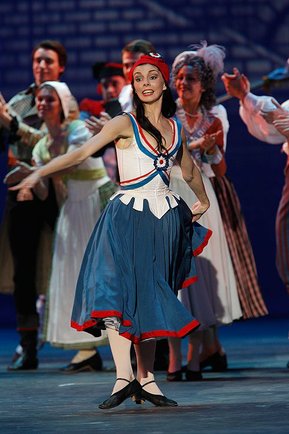 The Russian superstar, and incredibly versatile, ballerina Natalia Osipova, most recently seen in the Mikhailovsky Ballet’s stint in London, is to join the Royal Ballet Company. Previously dancing with the Bolshoi Ballet, Osipova went on to leave the company two years later for the Mikhailovsky, in which she became a balletic household name. Her 2006 performance with the Bolshoi made her an overnight star when then-director Alexei Ratmansky picked her out of the corps de ballet.
The Russian superstar, and incredibly versatile, ballerina Natalia Osipova, most recently seen in the Mikhailovsky Ballet’s stint in London, is to join the Royal Ballet Company. Previously dancing with the Bolshoi Ballet, Osipova went on to leave the company two years later for the Mikhailovsky, in which she became a balletic household name. Her 2006 performance with the Bolshoi made her an overnight star when then-director Alexei Ratmansky picked her out of the corps de ballet.
Osipova danced as a guest with the Royal Ballet last year in Swan Lake alongside Carlos Acosta, displaying her dramatic acting range and sheer talent which was a clear hook for the British company. The next season for the Royal Ballet, beginning on 30 September, will be Osipova’s first, and she will be taking on the full range of the company’s heritage and modern repertory.
Osipova is hoped to be dancing the lead in Acosta’s new production of Don Quixote, with critics believing that Osipova will rise easily to the fantastic virtuosity and brilliance that is demanded by the role with the Royal Ballet, having honed the leading role herself worldwide previously, perhaps even her signature with the iconic head kick-jeté that is so recognisable.
Currently a principal at American Ballet Theatre until the end of June as well as the Mikhailovsky, Osipova intends to continue performing with both companies in addition to the Royal Ballet. She will also remain involved in the three-year agreement for freelance engagements with her on- and off-stage partner, Ivan Vasiliev, which expires in 2016 but will be arranged around her Royal Ballet schedule. The pair will next perform in California with the American premiere of Roland Petit’s Le jeune homme et la mort, alongside a new creation, which will also be performed in Moscow. Osipova and Vasiliev are also returning to London this summer for a performance with the Bolshoi, and the pair will be moving to the UK.
Image courtesy of Wikimedia Commons.

 Maria Tallchief, the muse of celebrated choreographer George Balanchine and fantastic ballerina died on April 11th 2013, aged 88. She became one the most brilliant American ballerinas of the 20th century, and was even one of Balanchine’s wives, securely marking her place in modern ballet history.
Maria Tallchief, the muse of celebrated choreographer George Balanchine and fantastic ballerina died on April 11th 2013, aged 88. She became one the most brilliant American ballerinas of the 20th century, and was even one of Balanchine’s wives, securely marking her place in modern ballet history.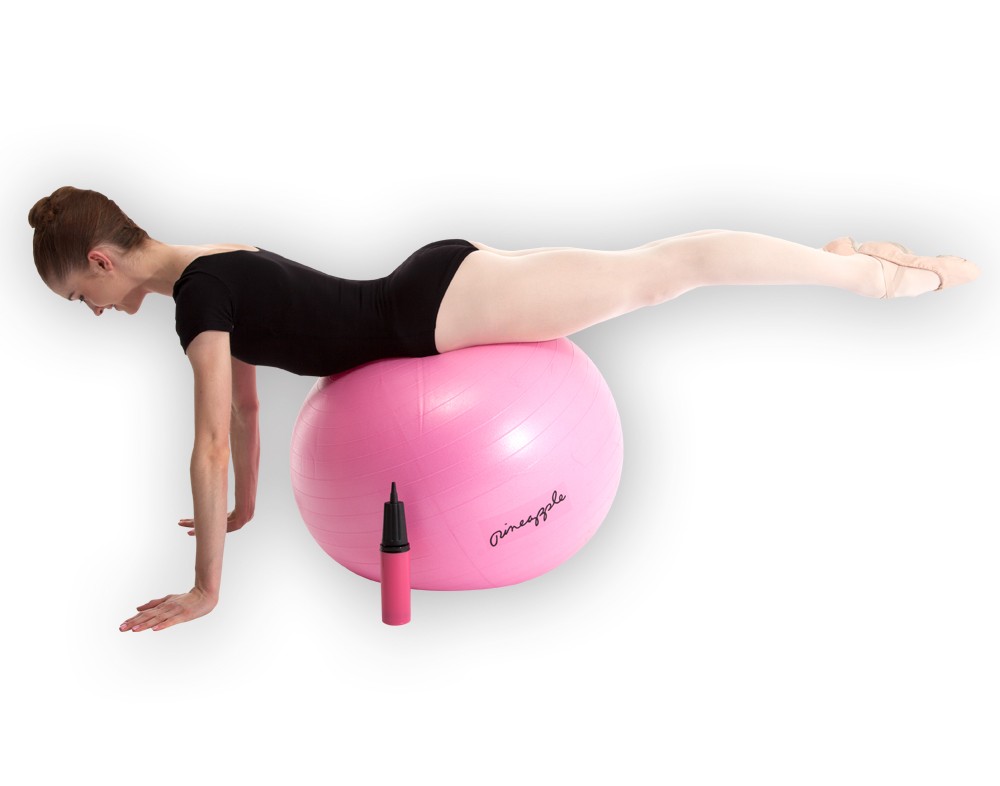 Swiss balls, known by a number of different names, are large, heavy-duty inflatable balls used for aiding core strength in dance technique. The balls offer a fun, safe and highly effective way to exercise, and are relatively inexpensive compared to other exercise equipment. Stocked by Dance Direct, for example, the Pineapple ball is burst resistant, and works to keep the entire body in shape, targeting all the major muscle groups and supporting dance work.
Swiss balls, known by a number of different names, are large, heavy-duty inflatable balls used for aiding core strength in dance technique. The balls offer a fun, safe and highly effective way to exercise, and are relatively inexpensive compared to other exercise equipment. Stocked by Dance Direct, for example, the Pineapple ball is burst resistant, and works to keep the entire body in shape, targeting all the major muscle groups and supporting dance work.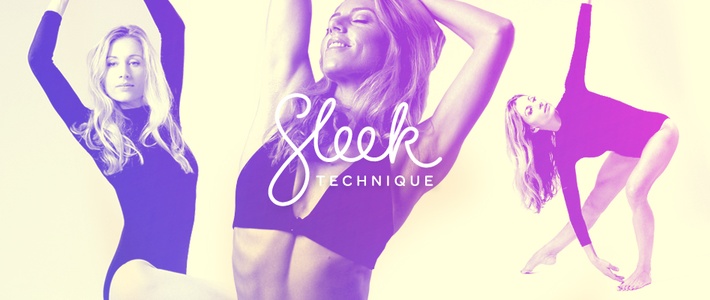
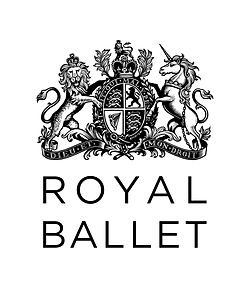
 Since Cats the musical opened on the West End stage in 1981 it has become one of the world’s best known and best loved musicals. Originally directed by Trevor Nunn, the show has since been presented in over 20 countries and in around 250 cities, including diverse destinations such as Buenos Aires, Seoul, Helsinki and Singapore, and has been translated into 10 languages for audiences all over the world. The show has translated into Japanese, German, (three versions for Germany, Austria and Switzerland), Hungarian, Norwegian, Finnish, Dutch, Swedish, French, Spanish (two versions for Mexico and Argentina) and Italian, with the Swiss production requiring a bilingual cast who performed in German and English on alternate nights
Since Cats the musical opened on the West End stage in 1981 it has become one of the world’s best known and best loved musicals. Originally directed by Trevor Nunn, the show has since been presented in over 20 countries and in around 250 cities, including diverse destinations such as Buenos Aires, Seoul, Helsinki and Singapore, and has been translated into 10 languages for audiences all over the world. The show has translated into Japanese, German, (three versions for Germany, Austria and Switzerland), Hungarian, Norwegian, Finnish, Dutch, Swedish, French, Spanish (two versions for Mexico and Argentina) and Italian, with the Swiss production requiring a bilingual cast who performed in German and English on alternate nights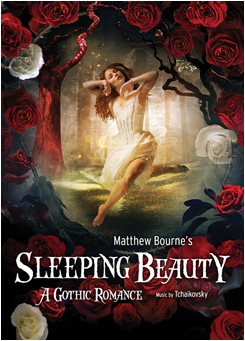 Matthew Bourne’s Sleeping Beauty, which completed his Tchaikovsky trilogy of the composer’s ballet masterworks, is preparing for a run in New York City in autumn following a hugely successful London season and UK tour. The trio began in 1992 with Nutcracker!, continuing in 1995 with his international hit Swan Lake.
Matthew Bourne’s Sleeping Beauty, which completed his Tchaikovsky trilogy of the composer’s ballet masterworks, is preparing for a run in New York City in autumn following a hugely successful London season and UK tour. The trio began in 1992 with Nutcracker!, continuing in 1995 with his international hit Swan Lake.
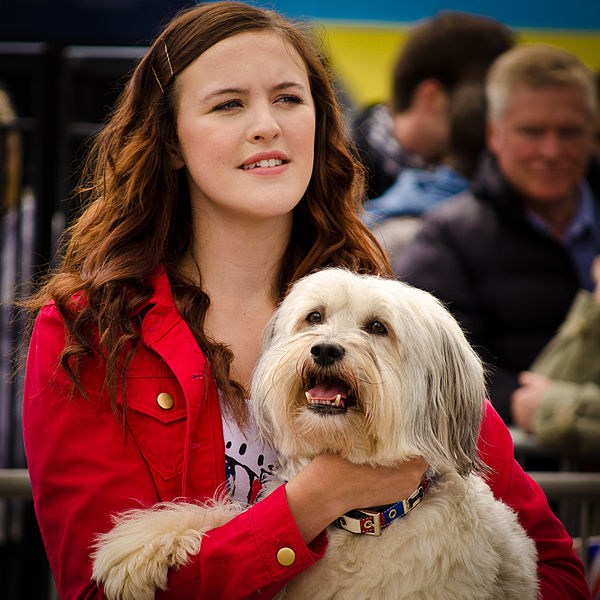 The loveable, fluffy winner of the 2012 series of Britain’s Got Talent has certainly been busy since he danced away from the hit talent show crowned the winner alongside his owner Ashleigh Butler. In December of last year Pudsey, a border collie, bichon frise and Chinese crested cross, brought the house down in a dazzling Bond inspired finale at the Royal Variety Performance, performed before Her Majesty the Queen and the Duke of Edinburgh.
The loveable, fluffy winner of the 2012 series of Britain’s Got Talent has certainly been busy since he danced away from the hit talent show crowned the winner alongside his owner Ashleigh Butler. In December of last year Pudsey, a border collie, bichon frise and Chinese crested cross, brought the house down in a dazzling Bond inspired finale at the Royal Variety Performance, performed before Her Majesty the Queen and the Duke of Edinburgh.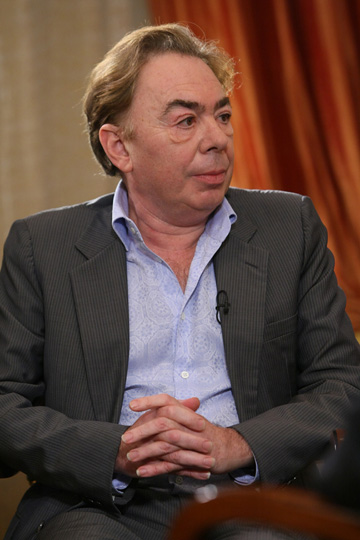 ITV are set to celebrate Andrew Lloyd Webber’s impressive and vast 40-year career with a 90-minute television special to mark his musical achievements. Stars such as Samantha Barks, Kimberley Walsh, Tim Minchin and Nicole Scherzinger are among the performers who will take part in the show which aims to celebrate the on-stage work of Lloyd Webber, rather than be a tribute to said work, which is sure to continue far into the future.
ITV are set to celebrate Andrew Lloyd Webber’s impressive and vast 40-year career with a 90-minute television special to mark his musical achievements. Stars such as Samantha Barks, Kimberley Walsh, Tim Minchin and Nicole Scherzinger are among the performers who will take part in the show which aims to celebrate the on-stage work of Lloyd Webber, rather than be a tribute to said work, which is sure to continue far into the future.